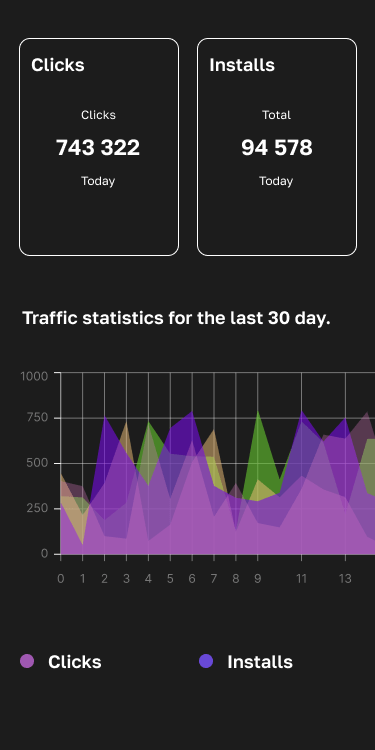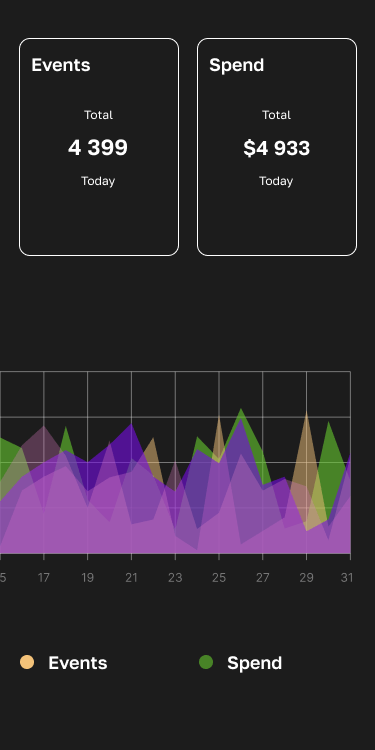1. Why This Matters in 2025
Google is shipping Android 15 with the latest Privacy Sandbox on Android extensions, bringing the Attribution Reporting API (ARA), Protected Audience and SDK Runtime to production devices in Q4 2025 .
The move starts the countdown to the eventual phase-out of GAID (Google Advertising ID); Google has promised to support GAID “for at least two years” from the 2023 announcement, putting the earliest sunset squarely in 2025 .
2. From GAID to ARA: What Actually Changes
| Aspect | GAID era | Privacy Sandbox (ARA) |
|---|---|---|
| Identifier | Deterministic device ID | No device ID, on-device token |
| Reporting speed | Real-time post-backs | ≥24 h delayed |
| Granularity | Unlimited campaign/adgroup keys | Max. 3 coarse keys + 4-bit event-level “slots” |
| Conversion window | Custom, often 60–90 d | ≤30 d (default 7 d) |
| Fingerprinting fallback | Possible | Explicitly blocked |
As a result, deterministic last-touch attribution disappears; measurement shifts to aggregated and modeled signals.
3. OEM Traffic: The Surprising Winner
- Server-to-server (S2S) by default Xiaomi, Oppo, Vivo and Transsion already deliver clicks through predefined deep-link templates without SDK IDs. Swapping the {gaid} macro for {ara_id} is trivial.
- Pre-install & dynamic preload The first “device awake” event usually fires within the 3-day ARA early reporting window, so OEM partners lose little data fidelity.
- On-device audiences OEM system apps will surface Protected Audience API interest groups, allowing retargeting with zero cross-app IDs—something in-app networks must rebuild from scratch.
4. In-App DSPs: Where It Hurts
- Delayed feedback loops undermine CPI bid optimizers that rely on hour-level data.
- Reduced detail limits creative-level testing; ML models will need synthetic features (e.g., publisher clusters).
- Probabilistic matching is forbidden—fingerprinting risks Play Store suspension.
Unity Ads and AppsFlyer have already released Privacy Sandbox beta adapters to soften the blow , but most midsize DSPs still lag behind.
5. UA Team Action Plan (Start Now)
| Quarter | What to Do | Why |
|---|---|---|
| Q2 2025 | Audit every GAID dependency; tag post-install events that drive LTV. | Clean data before migration. |
| Q3 2025 | Flip click templates to include ara_id; enrol apps in the Privacy Sandbox beta. | Maintain attribution continuity. |
| Q3 2025 | Build or buy incrementality dashboards (geo-lift, holdout). | Replace lost user-level signals. |
| Q3 → Q4 2025 | Re-train bid models on 24 h-delayed, 4-bit event slots. | Keep ROAS targets achievable. |
| Q4 2025 | Shift KPIs from CPI to eROAS / payback period; pilot Protected Audience for retargeting. | Future-proof performance goals. |
6. Quick FAQ (Ready for Featured Snippets)
Will GAID disappear on the Android 15 launch day?
Not immediately. Google will keep GAID for “at least two years” from the 2023 announcement, but advertisers should expect an opt-in opt-out decline through 2025 .
Does the Attribution Reporting API support view-through attribution?
Yes—ARA can register both click and view sources, each with separate windows and priority rules .
Can MMPs combine ARA and SKAdNetwork data?
Leading MMPs (AppsFlyer, Adjust) already expose ARA dashboards and plan unified reporting alongside SKAN 4 .
The Privacy Sandbox on Android doesn’t just change a parameter in your links—it rewires the entire measurement stack. OEM channels that already live without GAID will transition smoothly, while in-app DSPs must rush to rebuild attribution, bidding and reporting around aggregated, delayed data.
Start your migration by Q3 2025: audit GAID dependencies, adopt ARA-ready templates through Qi Ads, and shift your success metrics toward modeled eROAS. Teams that adapt early will preserve performance while competitors scramble to catch up.










